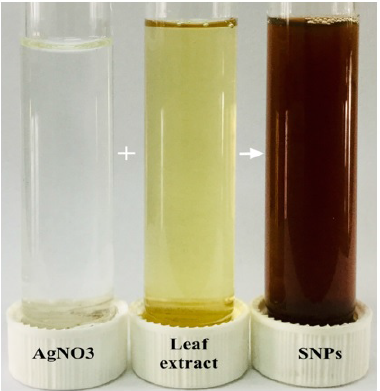
Postharvest responses of Carnation cut flowers to Prunus cerasoides mediated silver nanoparticles
- Dalat University
Abstract
Introduction: The procedure to synthesize silver nanoparticles (SNPs) from Prunus cerasoides leaf extract and their effect on vase life and flower quality of cut carnation were investigated.
Methods: SNPs were bio-synthesized from Prunus cerasoides leaf extract and characterized by using UV-Vis technique, TEM, and SEM images. The postharvest responses of carnation cut flowers to the biosynthesis SNPs were evaluated through vase life, relative fresh weight, vase solution uptake, flower diameter of cut carnation.
Results: SNPs were synthesized under optimum conditions, including using the extract of leaf heating at 60 oC in 30 min, 4 mM of silver nitrate, pH of 11, and 180 min of reaction time. SNPs exhibited antimicrobial activity and then alleviated the bacterial development in the preservative solution. All treatments with SNPs had improved the vase life and quality of cut carnation compared to the control. A vase solution containing 2% sucrose enhanced the carnation cut flowers.
Conclusions: The preservative solution containing 25 ppm SNPs and 2% sucrose showed the best effect. SNPs could be used as a promising antibacterial agent applied in the preservative solution for cut carnation flowers.

